Search Images
Browse Content (p. 1590)
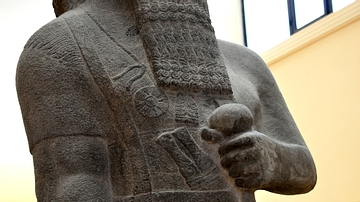
Image
A detail of Statue of Shalmaneser III
Statue of the Assyrian king Shalmaneser III, son of Ashurnasirpal II, grandson of Tikulti-Ninurta. The inscriptions on the statue give a brief account of the king's genealogical titles and characteristics. Basalt, from Assur, neo-Assyrian...
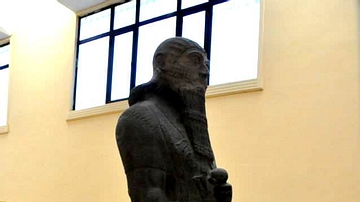
Image
Statue of Shalmaneser III
Statue of the Assyrian king Shalmaneser III, son of Ashurnasirpal II, grandson of Tikulti-Ninurta. The inscriptions on the statue give a brief account of the king's genealogical titles and characteristics. Basalt, from Assur, neo-Assyrian...

Image
Muisca Tunjo
A Muisca tunjo or votive offering, 1200-1600 CE. This 20 cm long gold alloy raft has figures standing on it wearing jewellery and recalls the coronation ceremony of the Muisca culture which gave rise to the legend of El Dorado. (Museo de...

Image
Stele of King Nabonidus
It narrates the various religious activities of king Nabonidus and contains the harassment of enemies to the city of Babylon and nearby cities and the renovation of these cities by him as well as homage paid to Gods welling in them. The stele...
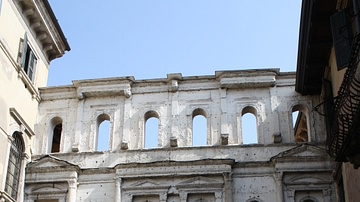
Image
Borsari Gate, Verona
The Borsari Gate, Verona, 1st century CE. The gate is built from white Valpolicella stone and was the city's main gate in Roman times.
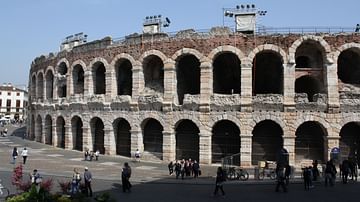
Image
Amphitheatre Exterior, Verona
The Roman amphitheatre of Verona, Italy, 1st century CE. The arena was the third largest in the Roman world and used to host gladiator, circus and equestrian events.
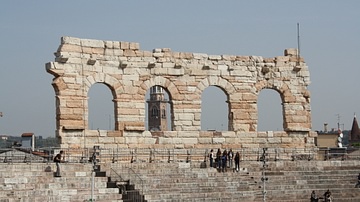
Image
Arches, Amphitheatre of Verona
The remaining top tier of arches of the Roman amphitheatre of Verona, Italy, 1st century CE. The arena was the third largest in the Roman world and used to host gladiator, circus and equestrian events.
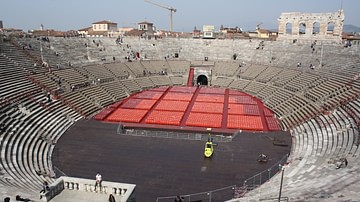
Image
Roman Amphitheatre, Verona
The Roman amphitheatre of Verona, Italy, 1st century CE. The arena was the third largest in the Roman world and used to host gladiator, circus and equestrian events.
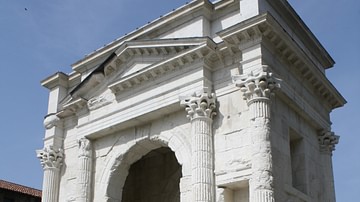
Image
Arch of Gavi, Verona
The arch known as the Arco dei Gavi, Verona, Italy. Set up in the 1st century CE the arch glorfied the powerful Gavi family. Typically, arches commemorated military triumphs and statesmen but this is a rare example of such a structure commemorating...

Image
Tutankhamun
A wooden bust of Tutankhamun (1345-1327 BCE), found in the pharaoh's tomb.
Cairo Museum, Egypt.